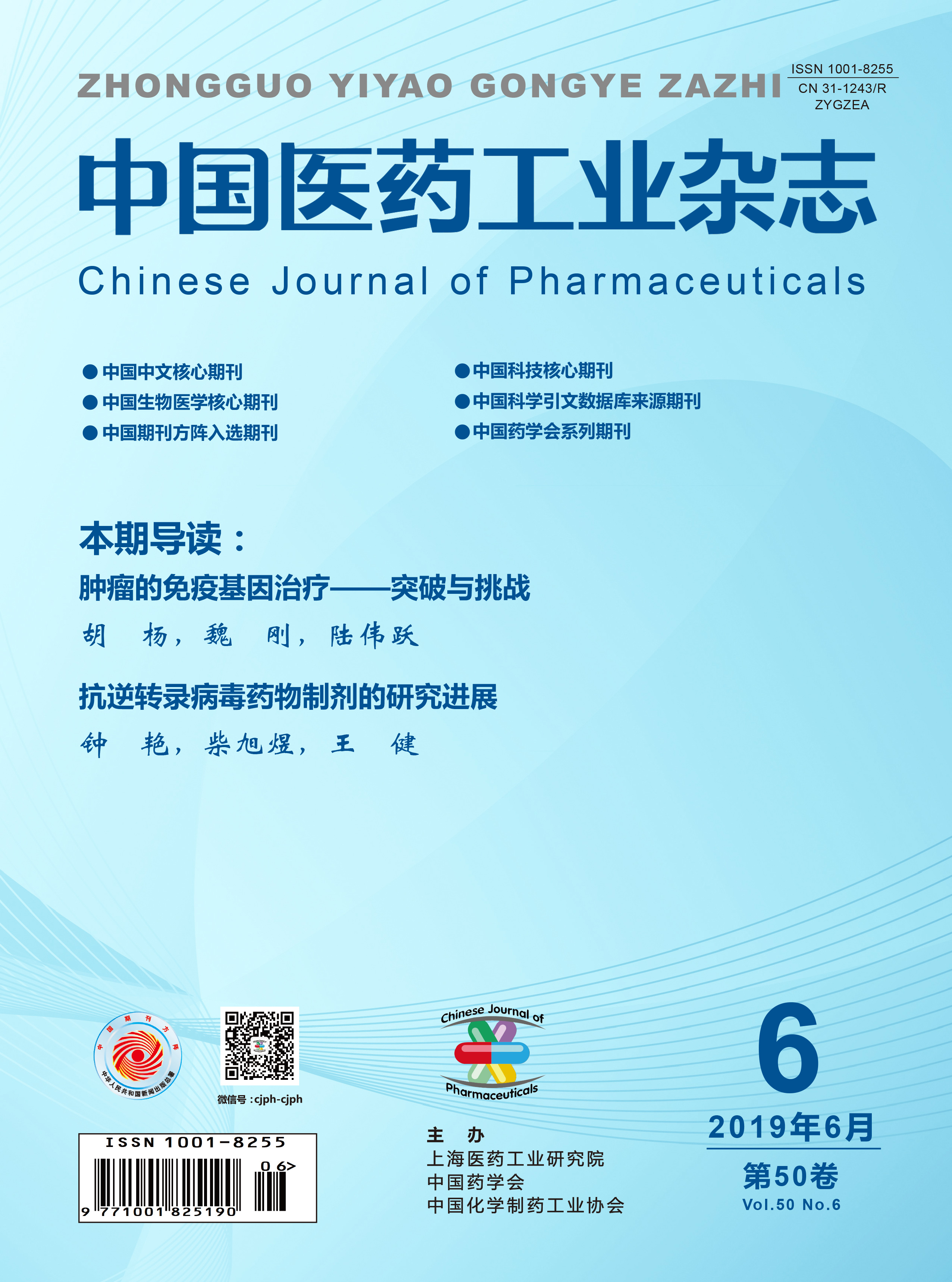Paper
HUANG Shuang1, YANG Jian1*, XU Qiang2, WU Siqing1
A novel synthetic route for baricitinib was reported. 4-Chloro-7H-pyrrolo[2,3-d]pyrimidine(2) reacted with di-tert-butyl dicarbonate to give 4-chloro-7-(tert-butyloxycarboryl)-7H-pyrrolo[2,3-d]pyrimidine(3), which was subjected to substitution and cyclization with hydrazine hydrate and acrolein in “one-pot” method directly to afford tert-butyl 4-(1H-pyrazol-4-yl)-7H-pyrrolo[2,3-d]pyrimidin-7-carboxylate(4). Meanwhile, 1,3-dibromopropan-2-one reacted with ethane-1,2-diol with p-toluenesulfonic acid as the catalyst to produce 2,2-bis(bromomethyl)-1,3-dioxolane (5), which was followed by a condensation with ethanesulfonamide to give 1-(ethylsulfonyl)azetidin-3-one(6), and then the latter reacted with diethyl (cyanomethyl)phosphonate to give 2-[1-(ethylsulfonyl)azetidin-3-ylidene]acetonitrile(7) in a yield of 65.8%. Finally, compound 4 and 7 were subjected to addition and deprotection to obtain the target compound with a total yield of 77.8%(based on 2). In this process, the preparation of compound 6 from 1,3-dibromopropan-2-one, and compound 4 from 3 have not yet been reported in literature.
